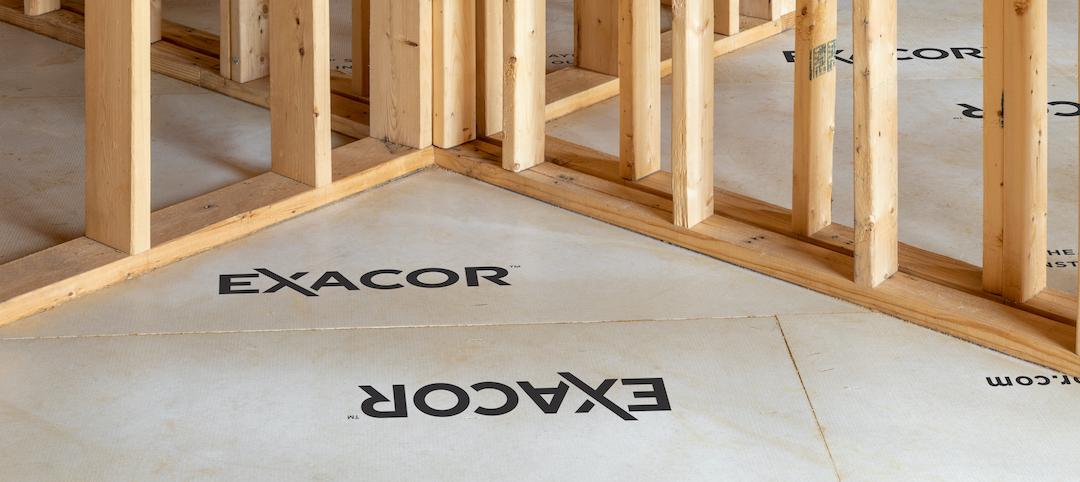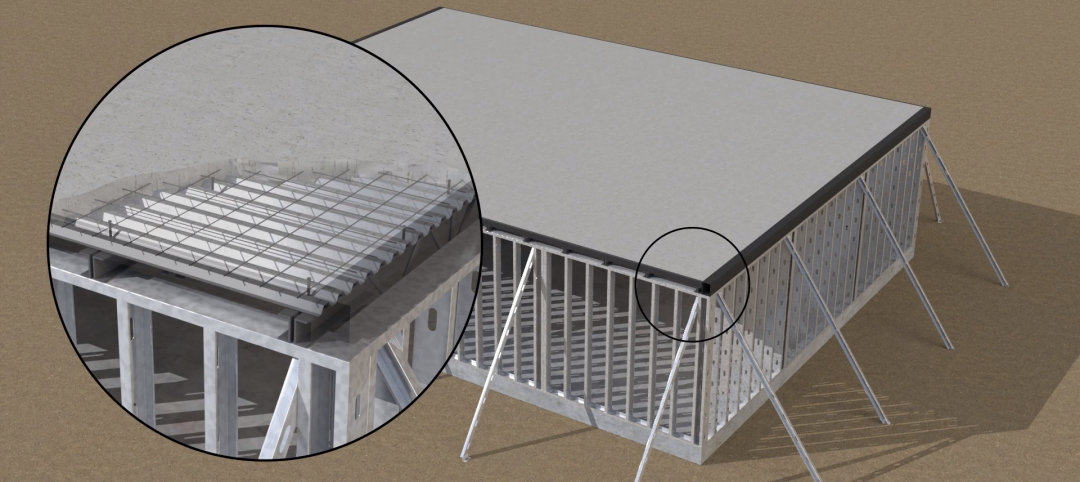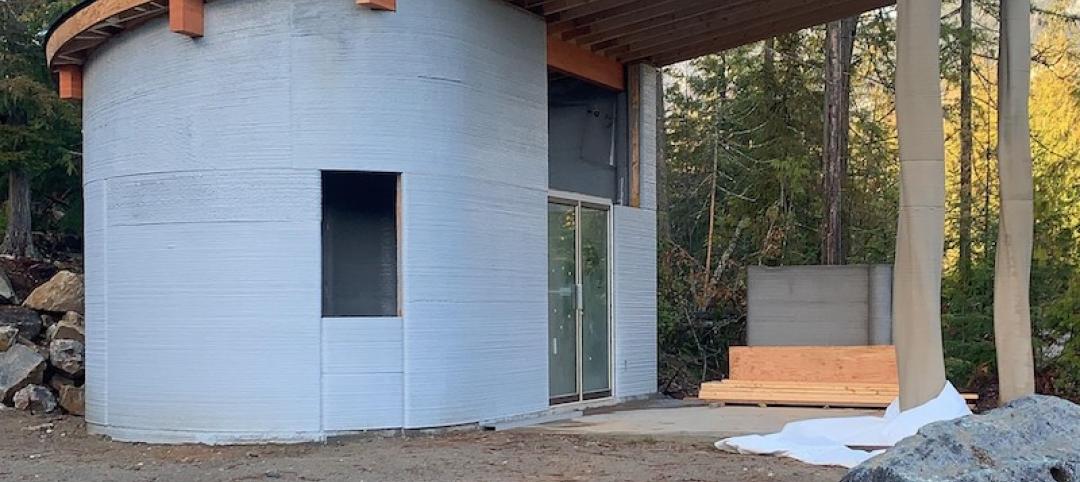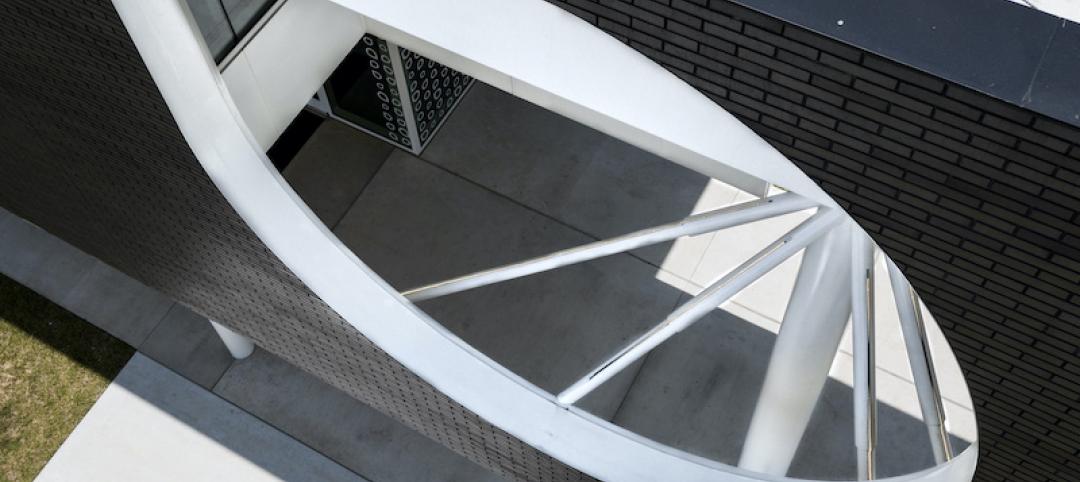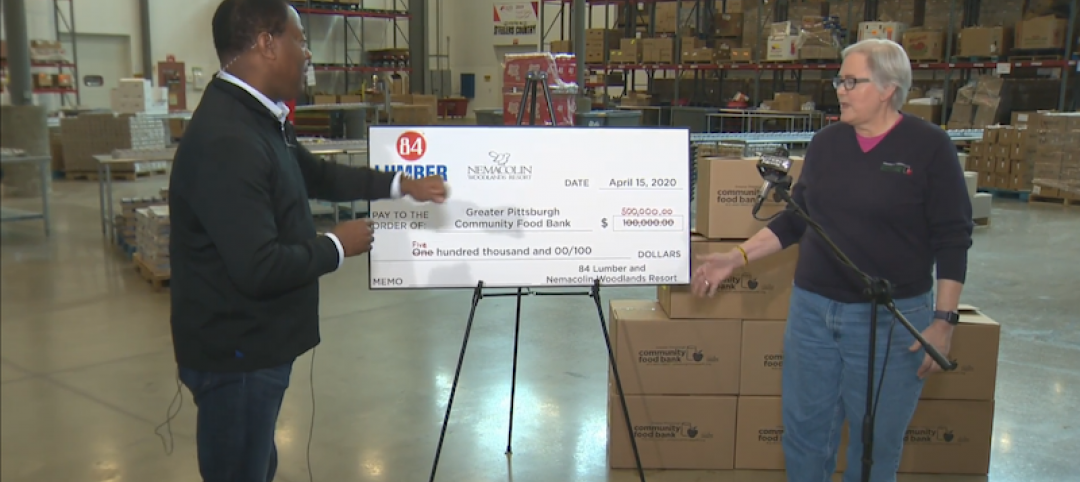The latest produce price index from the U.S. Department of Labor showed that there was a 2% drop in construction input prices during the month of January, marking the six straight month prices failed to rise, the Associated Builders and Contractors reported.
Construction input prices were down 3.6% from the same time last year. Data from the Department of Labor also showed that there was a 2.1% fall from December to January, and a 4.6% decline on a yearly basis for nonresidential construction.
While the produce price index dipped in January, there were other material prices that rose last month and included the following:
- There were only three key construction inputs that did not expand in January.
- Prices for iron and steel dropped 0.6% in January and 6.7% from the same time last year.
- Plumbing fixture prices rose 0.8% in January and 3.9% year-over-year.
- Prices for prepared asphalt, tar roofing, and siding increased by 2.7% on a monthly basis and 4.2% yearly.
- Softwood lumber prices fell 1.5% on a monthly basis and are 0.6% lower than this time last year.
“The decline in oil and petroleum prices finally showed up in the PPI data,” said Associated Builders and Contractors Chief Economist Anirban Basu. “According to the Bureau of Labor Statistics, crude petroleum prices fell 30.6% for the month and 54.8% for the year, but other input categories also experienced downward pressure, include nonferrous wire and cable and softwood lumber.”
Related Stories
Sponsored | Glass and Glazing | Oct 1, 2021
Seizing the Daylight with BIPV Glass
Glass has always been an idea generator. Now, it’s also a clean energy generator.
Wood | May 14, 2021
What's next for mass timber design?
An architect who has worked on some of the nation's largest and most significant mass timber construction projects shares his thoughts on the latest design trends and innovations in mass timber.
3D Printing | Nov 27, 2020
The Fibonacci House: A test case of 3D construction printing
The Fibonacci House, which we have named after Leonardo Fibonacci, the medieval Italian mathematician, illustrates the potential of 3DCP and demonstrates how a complex design and challenging logistics can be solved through pragmatic planning and 3DCP technology.
Building Materials | Jul 5, 2020
A new report predicts significant demand growth for mass timber components
There should be plenty of wood, but production capacity needs to catch up.
Sponsored | Voice of the Brand | Jun 5, 2020
Practice Style Transcendence with Brick
Get inspired! Brick’s adaptability has made it the premier building material for centuries even as styles come and go. Nothing says “classic” like brick, but nothing says “innovative” like brick either. Check out some examples of how fired clay brick remains a major presence in the 21st Century designer’s palette.
Building Materials | Jun 4, 2020
The world’s first building made from carbon-fiber reinforced concrete starts construction in Germany
But greater use of these materials still faces obstacles.
Coronavirus | Apr 16, 2020
COVID-19: Pennsylvania building products supplier raises $1.2 million for Pittsburgh-area food bank
Pennsylvania building products supplier raises $1.2 million for Pittsburgh-area food bank.




